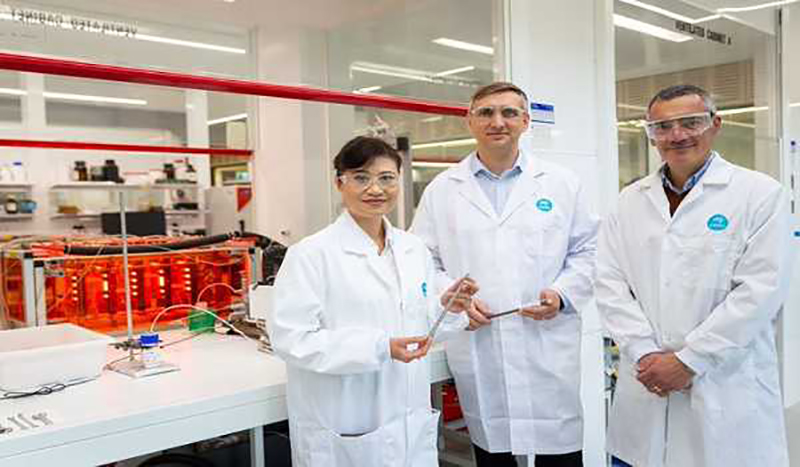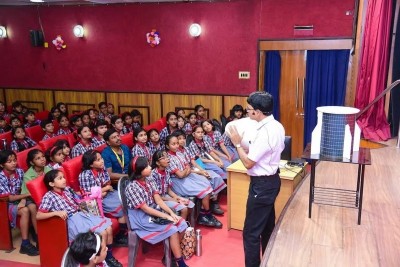 Australia
Australia
Australian scientists developing 1st movable hydrogen generator
Canberra: Scientists from Australia's national research agency have launched a project to develop the country's first portable green hydrogen generator.
The Commonwealth Scientific and Industrial Research Organization (CSIRO) launched the project on Friday with 10 million Australian dollars (6.5 million U.S. dollars) in funding over six years.
The team will develop an easily deployable device capable of safely producing green hydrogen directly at the point of consumption using liquid carriers.
The use of a liquid carrier technology enables green hydrogen to be safely and efficiently stored and transported from where it is produced to where it is used as an energy source.
Central to the CSIRO device will be its patented catalytic static mixers, which offer improvements over current packed bed reactor technology and is easily scalable.
"Catalytic static mixers are special tools that mix fluids to speed up and better control chemical reactions without any moving parts," researcher John Chiefari said in a media release.
"Now this hydrogen generation system will enable hydrogen to be produced locally and on demand from the carrier, with the added advantages of the carrier fluid being safely stored in a similar way to diesel or petrol."
According to Australia's National Hydrogen Strategy, the industry could add 50 billion Australian dollars (32.5 billion U.S. dollars) to the country's gross domestic product (GDP) by 2050 and support 16,000 jobs.
(With UNI inputs)
Support Our Journalism
We cannot do without you.. your contribution supports unbiased journalism
IBNS is not driven by any ism- not wokeism, not racism, not skewed secularism, not hyper right-wing or left liberal ideals, nor by any hardline religious beliefs or hyper nationalism. We want to serve you good old objective news, as they are. We do not judge or preach. We let people decide for themselves. We only try to present factual and well-sourced news.







